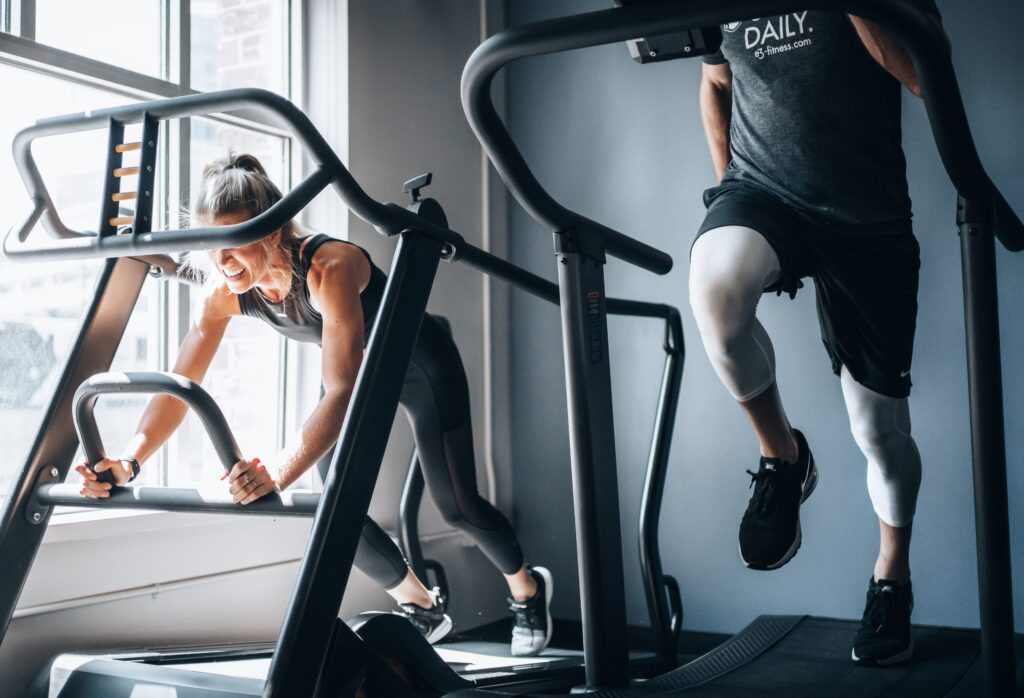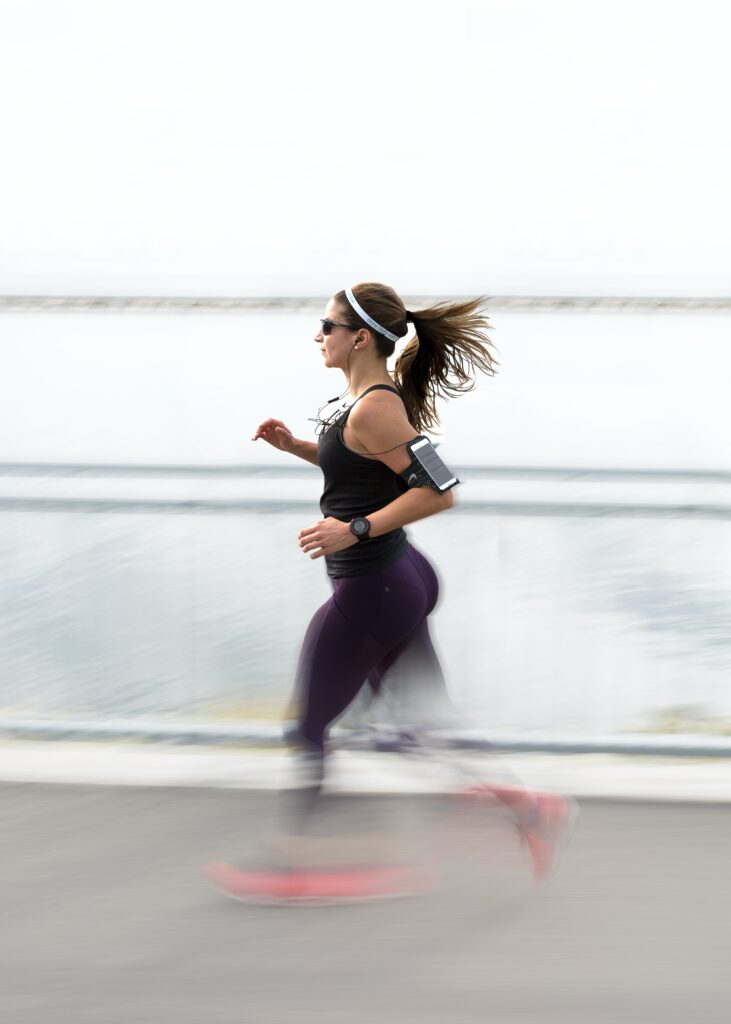You may have heard the expressions “No pain, no gain,” and “Know your limits then ignore them,” which mean it takes hard work to attain success.
When it comes to exercise, however, this advice should not be taken literally. When you first start to exercise, you may feel some muscle soreness, but exercise should never hurt or be painful. If you feel pain during exercise, this is a signal to stop and assess why it may hurt, and either slow down or decrease the intensity.
Regular physical activity is one of the best things you can do for your health. This can reduce your risk of developing chronic diseases, improve your balance and coordination, help you lose weight as well as maintain weight loss and even boost your self-esteem.


But there is also too much of a good thing. It’s a new year, and some who decide to start exercising after being sedentary can push themselves beyond exhaustion and end up feeling so bad that they end up in the emergency room.
Sudden, intense exercise when you are not used to it can cause a condition called rhabdomyolysis, where muscle tissue gets severely damaged and substances from inside the muscle cells leak out into the blood. This can lead to serious problems in the body, including kidney damage and kidney failure.
Rhabdomyolysis can also occur in other situations where muscle tissue gets damaged, such as injury to the muscles from an accident, lying in the same position for a very long time (such as being in a coma), certain infections, some kinds of medicines or poisons and when people are born with muscle problems.
Some people have no symptoms and might only find out they have rhabdomyolysis when other blood tests are checked for another reason. Others can have symptoms that include muscle pain, muscle weakness and urine that is red or brown, sometimes described as tea-colored.
Rhabdomyolysis can be mild, but life-threatening when severe. Call your doctor or head to the emergency room if you have the above symptoms, especially after getting hurt or exercising very hard. There are blood and urine tests to check for rhabdomyolysis and other complications.
Treatment depends on the cause of rhabdomyolysis and the severity of the condition. Most patients are treated in the hospital and this involves giving fluids by vein, correcting chemical abnormalities and helping the kidneys work normally again. Sometimes patients will need dialysis, but this is usually temporary.


Now don’t let the fear of developing rhabdomyolysis prevent you from starting that exercise regimen. It is rare, and if you start slow and pace yourself it is unlikely to happen to you.
If you are unsure, ask your doctor how much physical activity is safe for you, especially if you have other health problems. You can also get help from a fitness instructor, coach or personal trainer to help show you how to safely perform the exercises.
You don’t have to run a marathon on your first day, and you shouldn’t. Don’t do high intensity interval training (HIIT) or take a spinning class right away. Give yourself some time to get used to moving and then build up from there.
You should exercise for at least 30 minutes a day for most days of the week. If you’re short on time, you can break up the activity into five or 10-minute increments.
Always remember to stretch beforehand and to cool down after. Also stay hydrated.
Any activity is better than none at all. Take a walk around the block after lunch or dinner, or climb one to two flights of stairs instead of taking the elevator. It’s never too late to start. You can reap the benefits of exercise regardless of your age, sex or physical ability. By planning carefully and pacing yourself, you can make exercise a healthy habit that lasts a lifetime.
